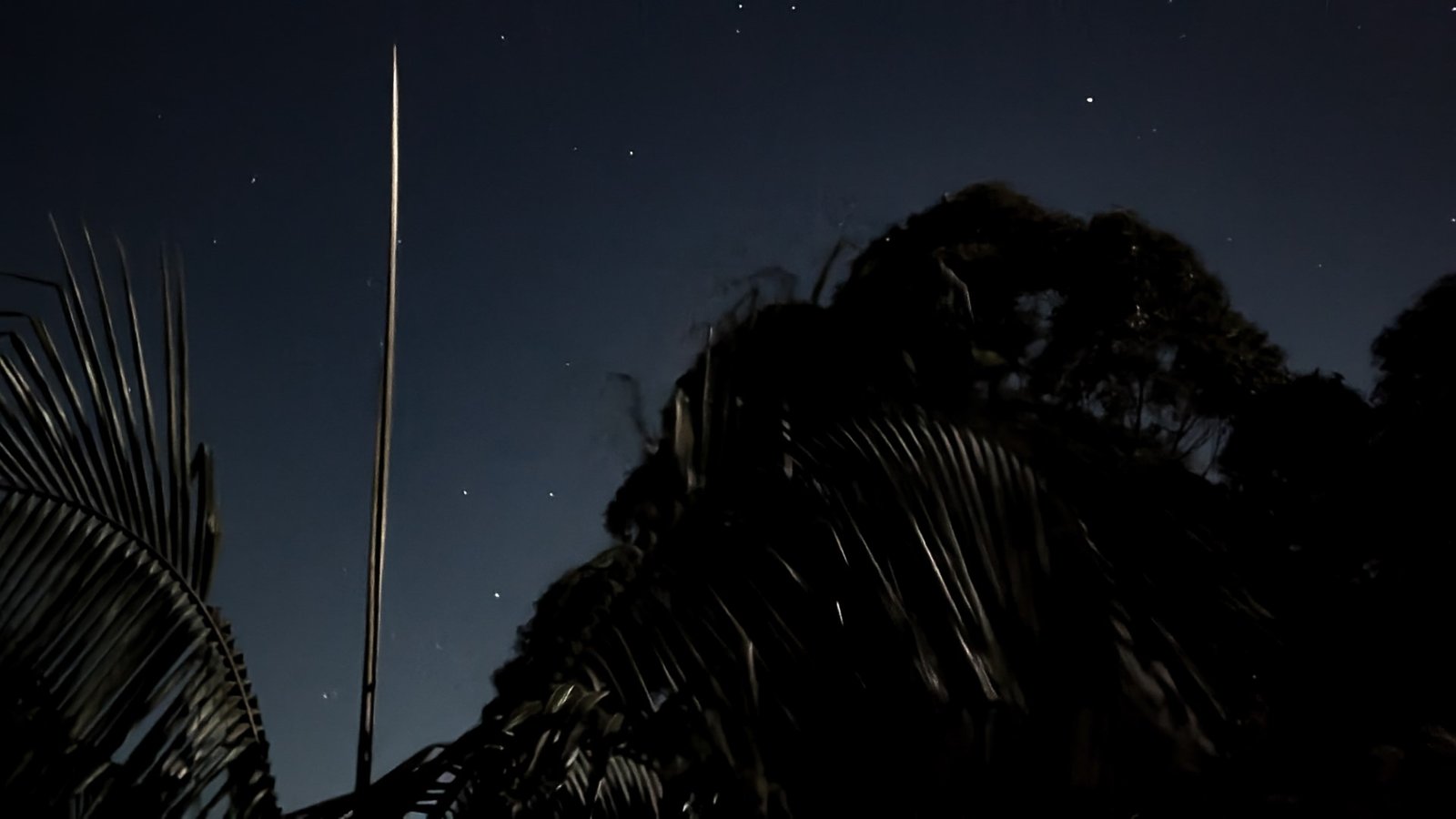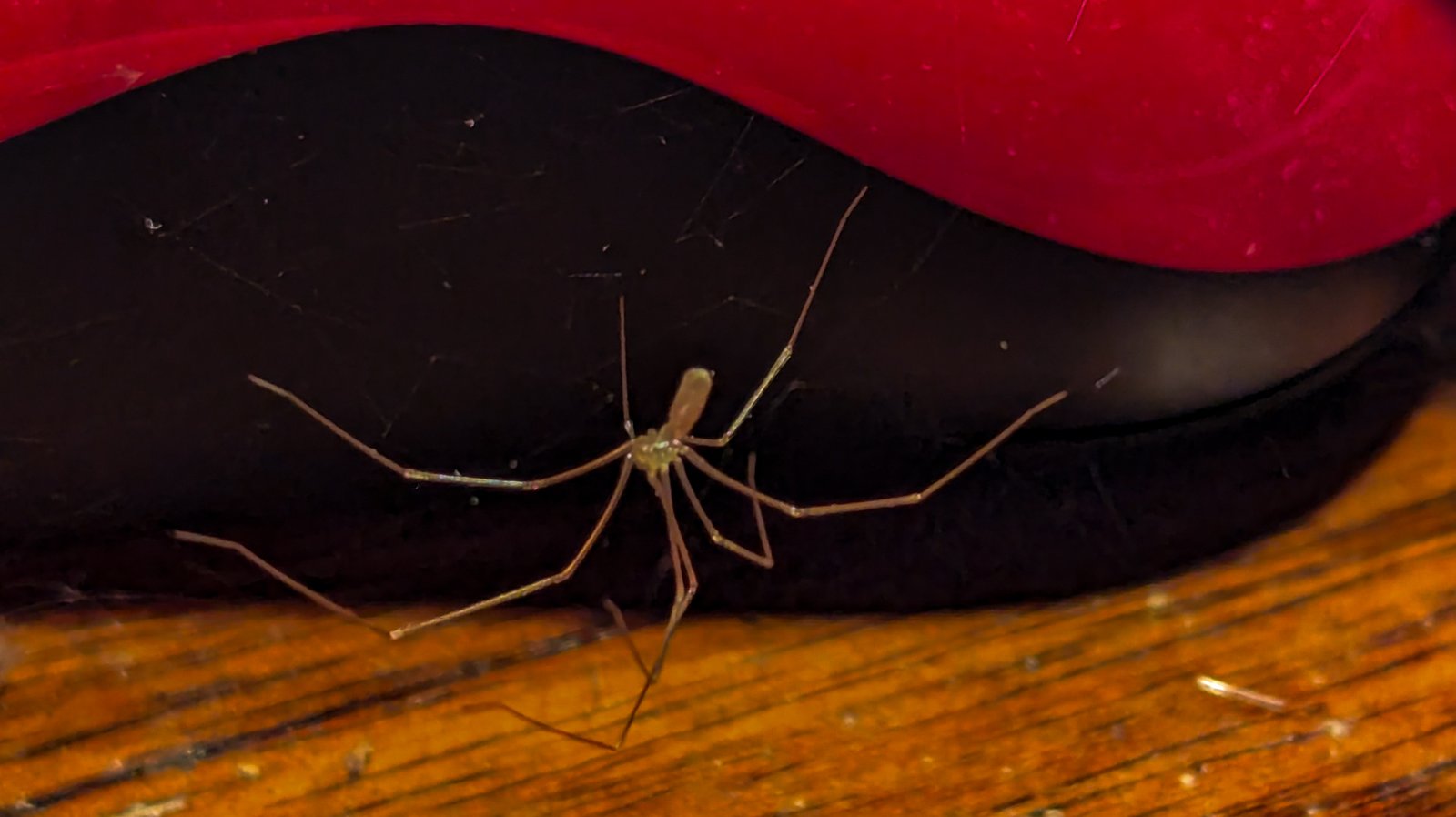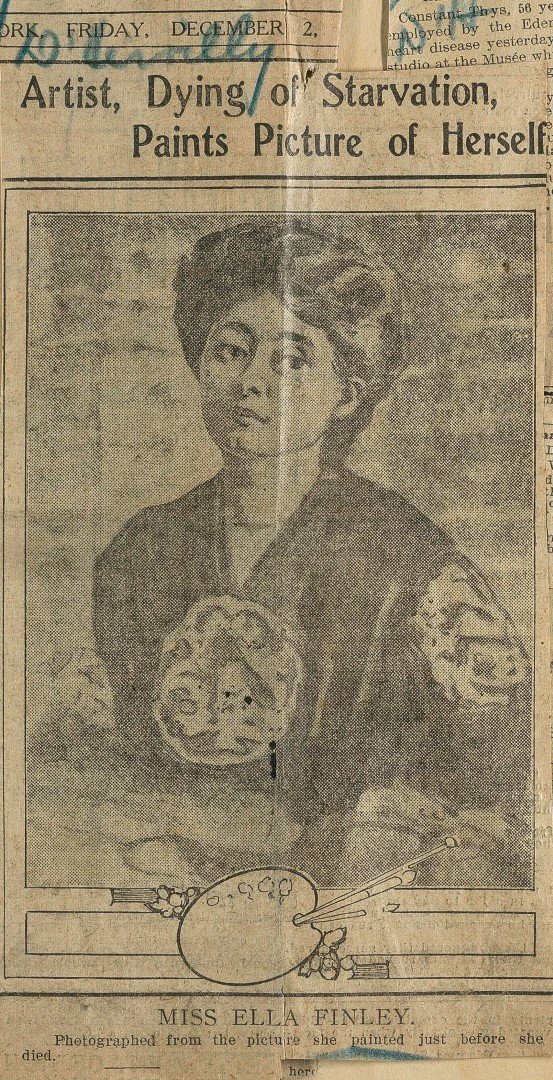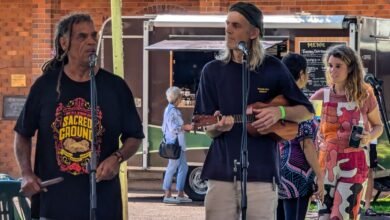‘Moonlight has been the source of inspiration for generations of poets . . . but we hereby abolish moonlight which will draw inspiration from our own modern times and life, from our inventions, from our machines, from spade dash modern man’s greatest conquest dash from violence, from war, for life is basically a struggle.’ The Futurist approach [i]
I have been up for two hours, photographed moonlight
stroking the Bangalow Palm, planted too close to the house,
seemingly eternal luminance though waxing and waning,
a choreography of the months. Who would deny this beauty?
The Kookaburras erupt first, immediately trailed
by a Fan-tailed Cuckoo, Pallid Cuckoos follow.
Are these anxious songs for their reluctant hosts?
The ferocity can be upsetting, and surprising as with
the savage, single-mindedness artists can produce,
neglecting their children, friends, lovers: thinking of
Lucien Freud, Charles Blackman, Ben Nicholson,
Shelley, Heidegger, Bogie and Bacall . . . I could go on
~
I find a spider is living on my desk by a mouse,
a disgrace. I confess, I spend too much time
writing poems, don’t have time for cleaning and tidying,
but it’s not squalor: thinking of Katsushika Hokusai in Edo,
Hogarth’s ‘The Distressed Poet’ depicts a writer in his garret.
Erik Satie in the suburb of Arcueil, Camille Claudel
on the Ile de St. Louis, Giacometti in Montparnasse,
Hart Crane in Mexico, Vivian MacKerrell in Camden,
Nan Goldin in Boston . . . I could go on
~
So I do, look up a sad case I have heard of, and present it to you.
From The New-York Tribune, 2 Dec, 1910: ‘Woman artist starves painting own portrait.
Miss Finley gave 30 years of life emulating Whistler.
Recognition did not come.
Found dying before mirror In Philadelphia Studio, with smile on face – Had rich relatives.
Miss Ella Finley, an artist and sculptor, died in the German hospital today from starvation, after giving 30 years of her life to emulate the example of Whistler and force more public recognition than the public was willing to lavish. Miss Finley’s last work, and it lasted for weeks, was to pose before a mirror in her studio and paint a watercolour of herself, forcing a smile on her once pretty features that her friends might remember her as she once was.
The death of Miss Finley is one of the saddest that ever occurred in this city. Occupying a handsome studio at 1613 Chestnut Street, surrounded by every luxury from friends to furniture, but without food, she laboured for years painting and moulding inanimate clay into works of art. Her entire life was consecrated to art.’[ii]
[i] Filippo Tommaso Marinetti published the Manifesto on the front page of the French newspaper Le Figaro on February 20, 1909. Carlo L. Golino, preface, Contemporary Italian poetry, an anthology, University of California Press, 1962.
[ii] Based on The D’Hervilly chronicle, compiled by Arthur D’Hervilly, is a collection of newspaper clippings documenting the deaths of artists. It was assembled by D’Hervilly, who worked as a guard at the Metropolitan Museum of Art, starting in 1906, and continued by his colleagues after his death in 1919, until 1929. The chronicle, found in the museum’s archives, provides a unique glimpse into the lives and often tragic ends of both well-known and obscure artists. See Jim Moske, Deaths of Artists, Robert Storr (Foreword), Blast Books, 2024.






